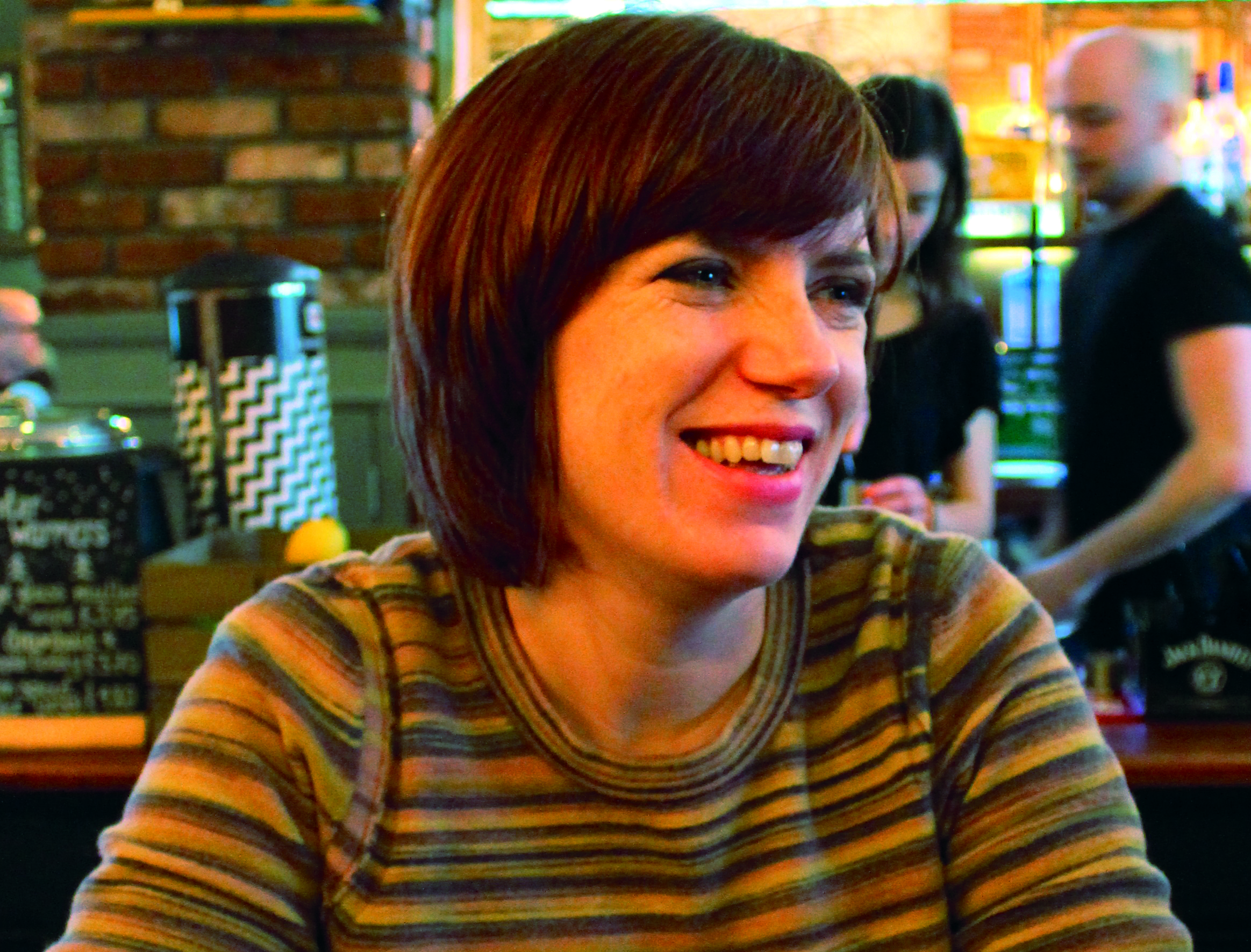Half of people living in more deprived areas of Scotland say their local parks and green spaces are more run down than five years ago
Scotland’s parks and green spaces are continuing to deteriorate despite nine in 10 people believing it is important to maintain them.
The 2017 Greenspace Use and Attitude survey found that half of people living in deprived areas of Scotland said their local greenspaces had declined in the last five years.
Across Scotland 40% of people believe greenspaces have declined.
The research from Greenspace Scotland shows a marked increase in people believing their local environments are deteriorating. In 2011, for example, only a third for people believed their local green spaces were declining.
And the problem appears to be impacting on people’s desire to spend time in their local parks. From a peak in 2009 when two-thirds of Scots used their local green space once a week or more, now just 43% of people say they use their local green space weekly.
Julie Procter, chief executive of Greenspace Scotland said: "Parks are our natural health service and the findings from this survey have important implications for our health and wellbeing.
“We know green space is good for us – a daily dose of vitamin G could be just what the doctor ordered to keep us active and provide tonic for the soul, but falling ratings of quality mean that fewer Scots are using their greenspaces regularly. This has important implications for aspirations for an Active Scotland and tackling the obesity time bomb."
Greenspace use and quality ratings both peaked in 2009 and since then have fallen steadily. These downward trends closely mirror cuts in local authority budgets: annual expenditure by Scottish Councils on parks and greenspace has fallen from £190 million in 2010/11 to £167 million in 2014/15.
Mike Cantlay, Scottish Natural Heritage chairman, said: "The results of this survey are a big concern, as parks and other green spaces are so important for both our mental and physical wellbeing.
“But there's also plenty of good work going on, including our Green Infrastructure Fund, which has flagship projects in Aberdeen and the Glasgow area. We're also working with many schools in disadvantaged communities to improve their use of local greenspaces for outdoor learning and play."
The survey found that local green spaces continue to fall short of people's expectations for them to be good places for children to play, safe spaces for physical activity, and somewhere to relax and unwind – with a gap of around 30 percentage points between expectations and local realities.
Despite the decrease in frequency of weekly use, greenspaces are still an important free recreational resource for people of all ages and backgrounds; with only 4% of people saying they never visit local greenspaces.
Encouragingly, the survey found significant increases in people wanting to have more of a say in how their greenspace is managed and to get involved in activities to improve their local greenspace; with respondents in the younger age groups and from the most deprived areas were more likely to strongly agree.
Keith Geddes, chair of the Central Scotland Green Network Trust said: "Increasing access to high quality greenspace has an important role to play in helping to tackle the health and wellbeing inequalities experienced across central Scotland and this survey clearly demonstrates that there is a continuing need to invest in our greenspaces.
"In particular, it highlights the need to prioritise our efforts in Scotland's most deprived areas where more people are experiencing a decline in the quality of their local greenspaces."







